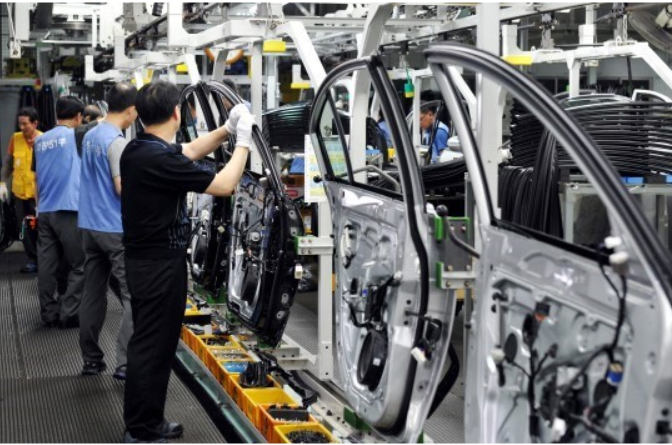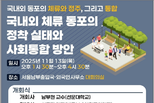
Newsnomics AJAY ANGELINA reporter |
South Korea’s labor force is predicted to shrink by 10 million in the coming two decades as the economically active nation is struggling with the ageing population and the low birth rates showed the data released on
Monday May 6,2024.
According to the Korean Peninsula Population Institute for the Future, a private think tank in Seoul., “the number of people aged between 15 and 64 stood at 36.57 million in 2023 is projected to go down to 27.17 million in 2044.
As per data report, the number of elementary school freshmen that was 430,000 in 2023 is set to nearly halve to 220,000 in 2033.
However, the number of deaths is expected to reach 746,000 in 2060, compared with births estimated at just 156,000, leading to a natural population decline of 590,000.
Accordingly, Korea's total population, estimated at 51.71 million in 2023 forecasted to drop 39.69 million by
2065.
The people aged 20 who are enlisted annually to serve their mandatory military service will shrink to some 190,000 by 2038 down from 260,000 in 2023, said the report.
The Korean Peninsula Population Institute for the Future expressed that “the decline in the economically active population will damage consumption, leading to the collapse of the domestic market.”
It will also increase the burden of supporting the senior population, leading to an economic slowdown and
prolonged low growth, "it said.
The Republic of Korea is struggling with the world's lowest fertility rate, the average number of children expected to be born per woman over her lifetime, reaching a record low of 0.72 in 2023 from 0.78 in 2022, despite
having poured billions of dollars into efforts to encourage women to give more births in regard to maintain
population stability in the country.
The lowest fertility figure is far below the 2.1 births per woman needed to maintain a stable population with
out migration.
Earlier in April, a Statistics Korea report estimated that 8.4 percent of the working-age population could be foreigners by 2042 in a moderate-case scenario, up from 4 percent in 2022.
“We should be ready to embrace foreigners as members of the community,” Lee Hye-kyung, social science
professor at Pai Chai University, mentioned in the KPPIF report.
“Seoul needs to take into account various immigration policies such as the hiring of foreigners as domestic
helpers, training of those applying to migrate through the skilled foreign worker visa, as well as promotion of
the regional specialized residency visa,” Mr. Lee said
The Korean Peninsula Population Institute for the Future think report compiled estimates from the Statistics
Korea, the Labor Ministry, the Bank of Korea, the Korea Institute of Child Care and Education, among others.










